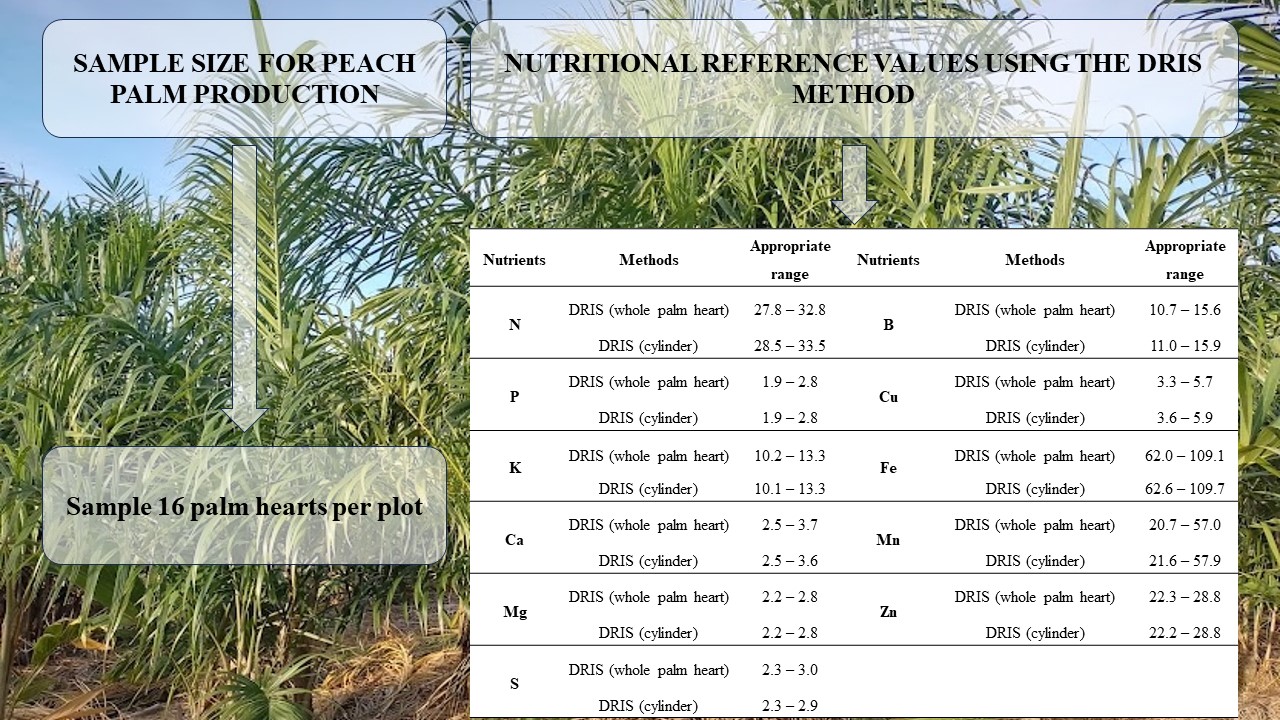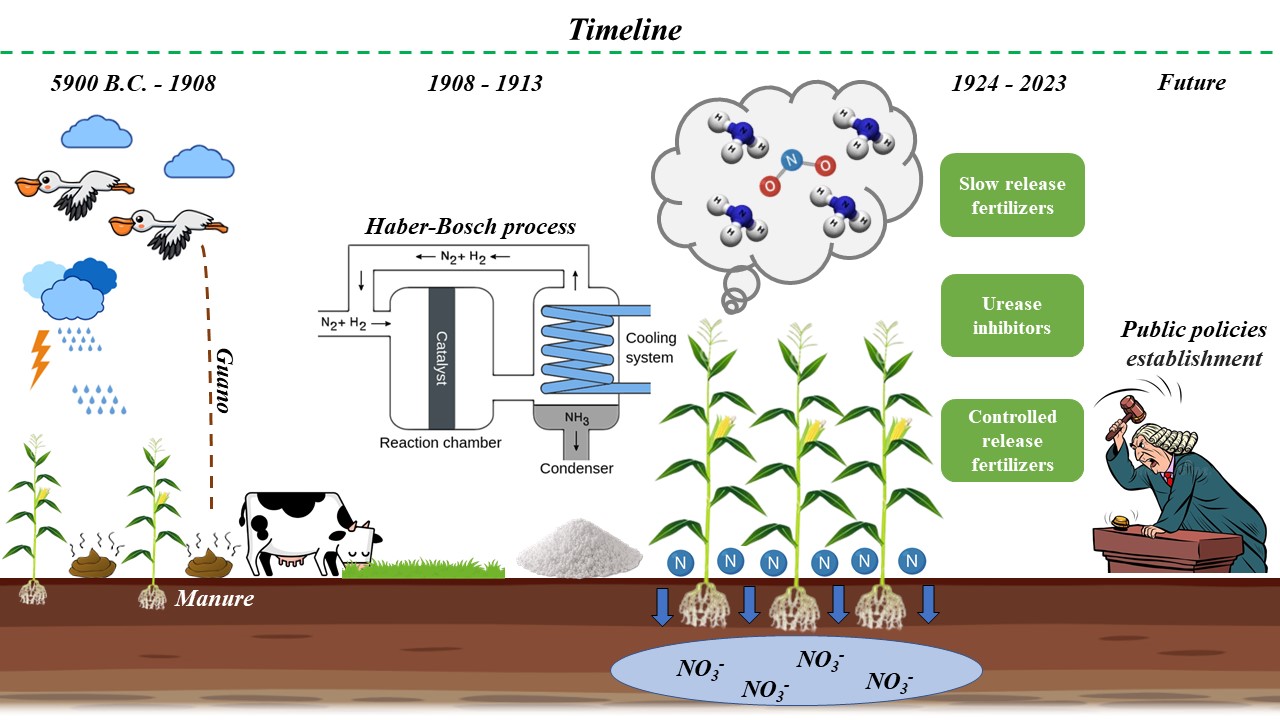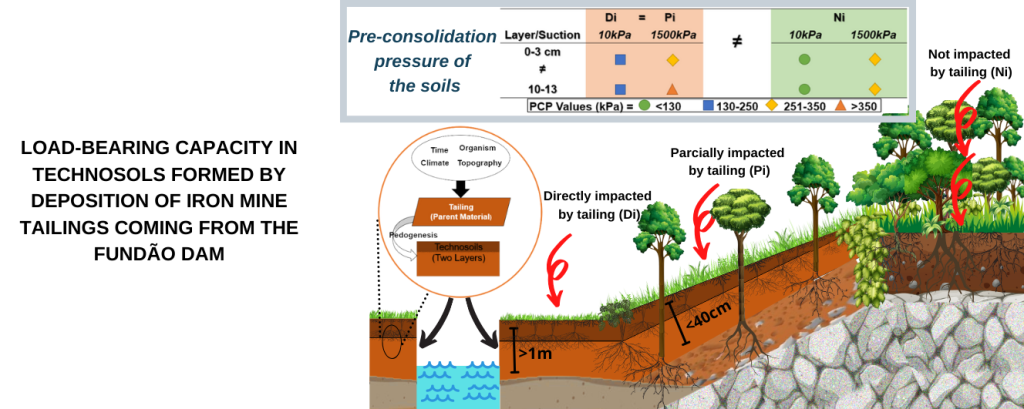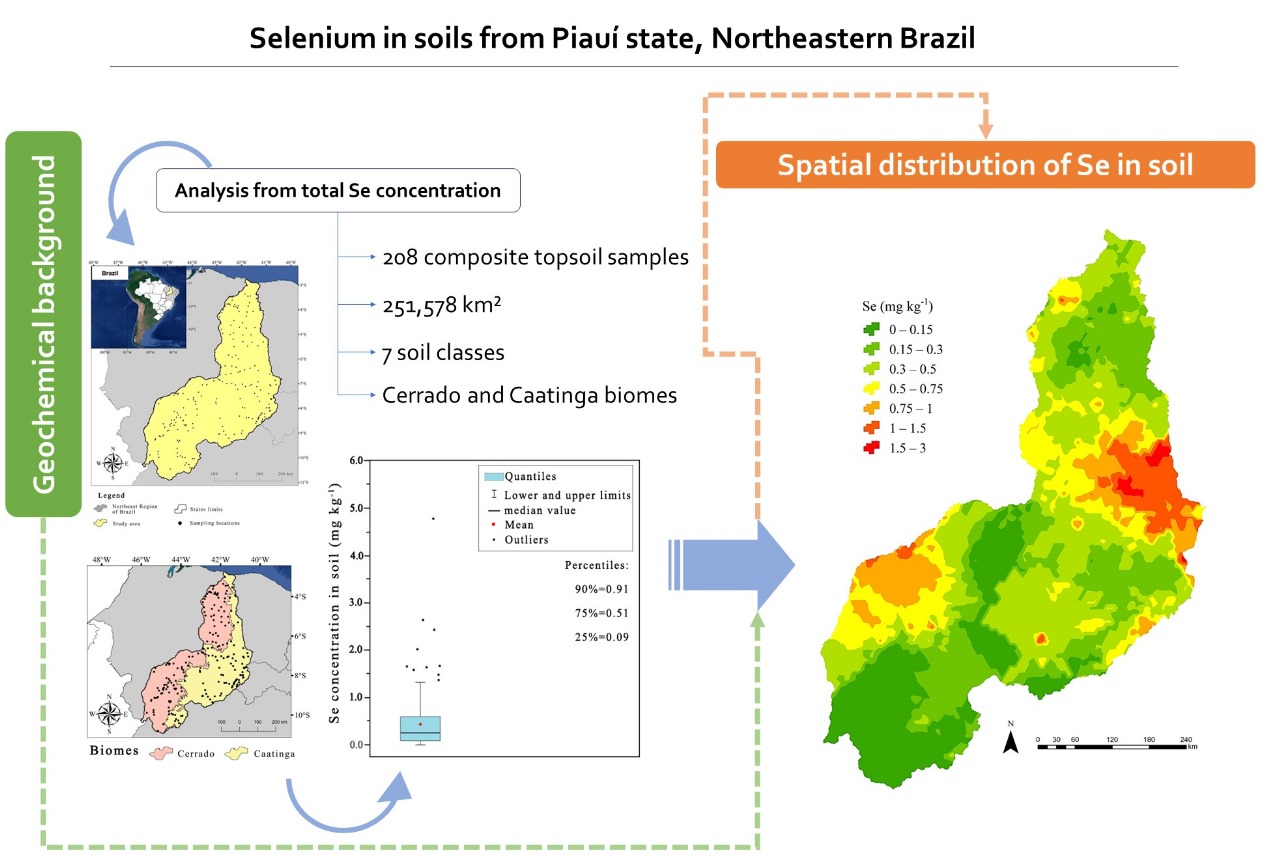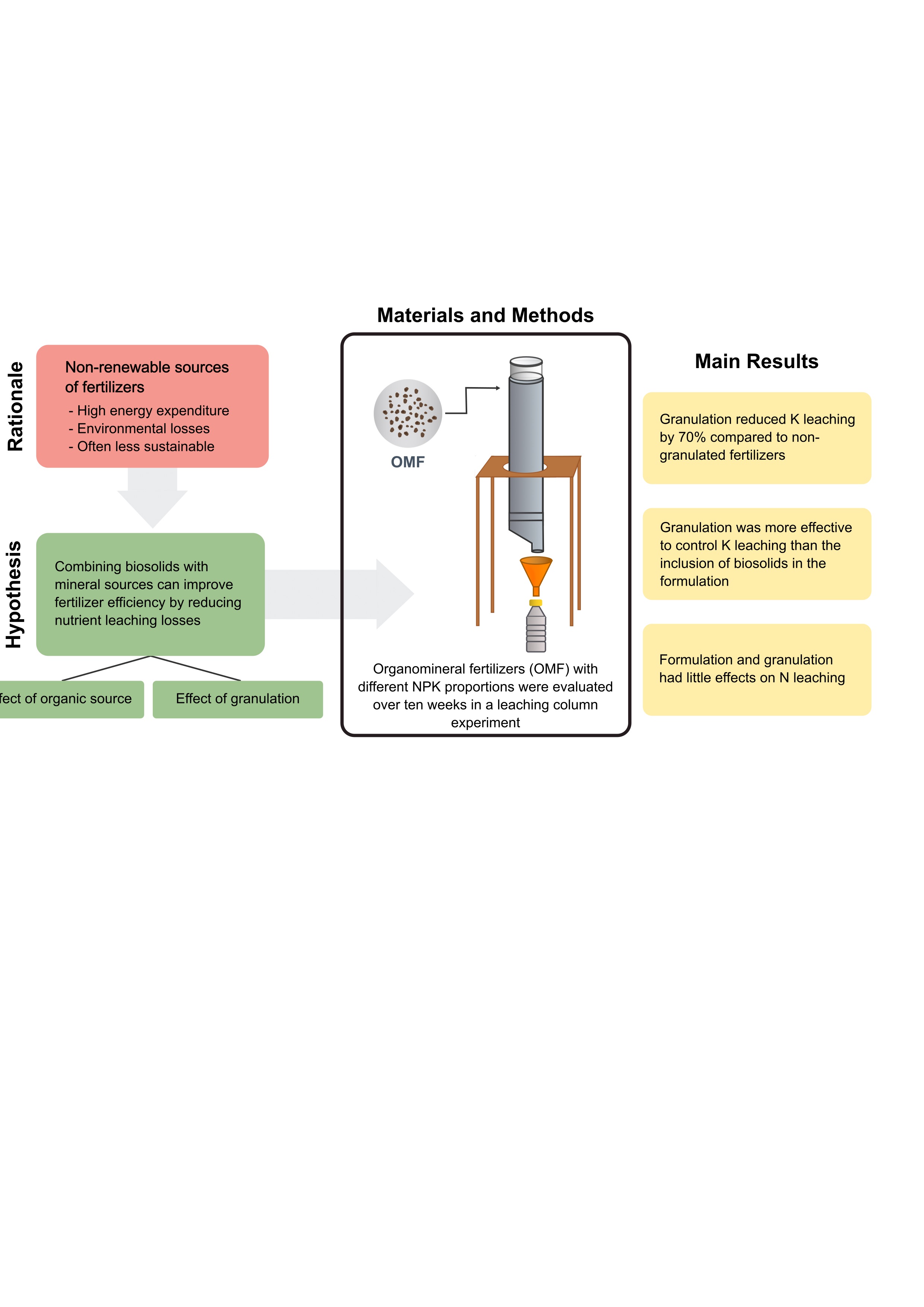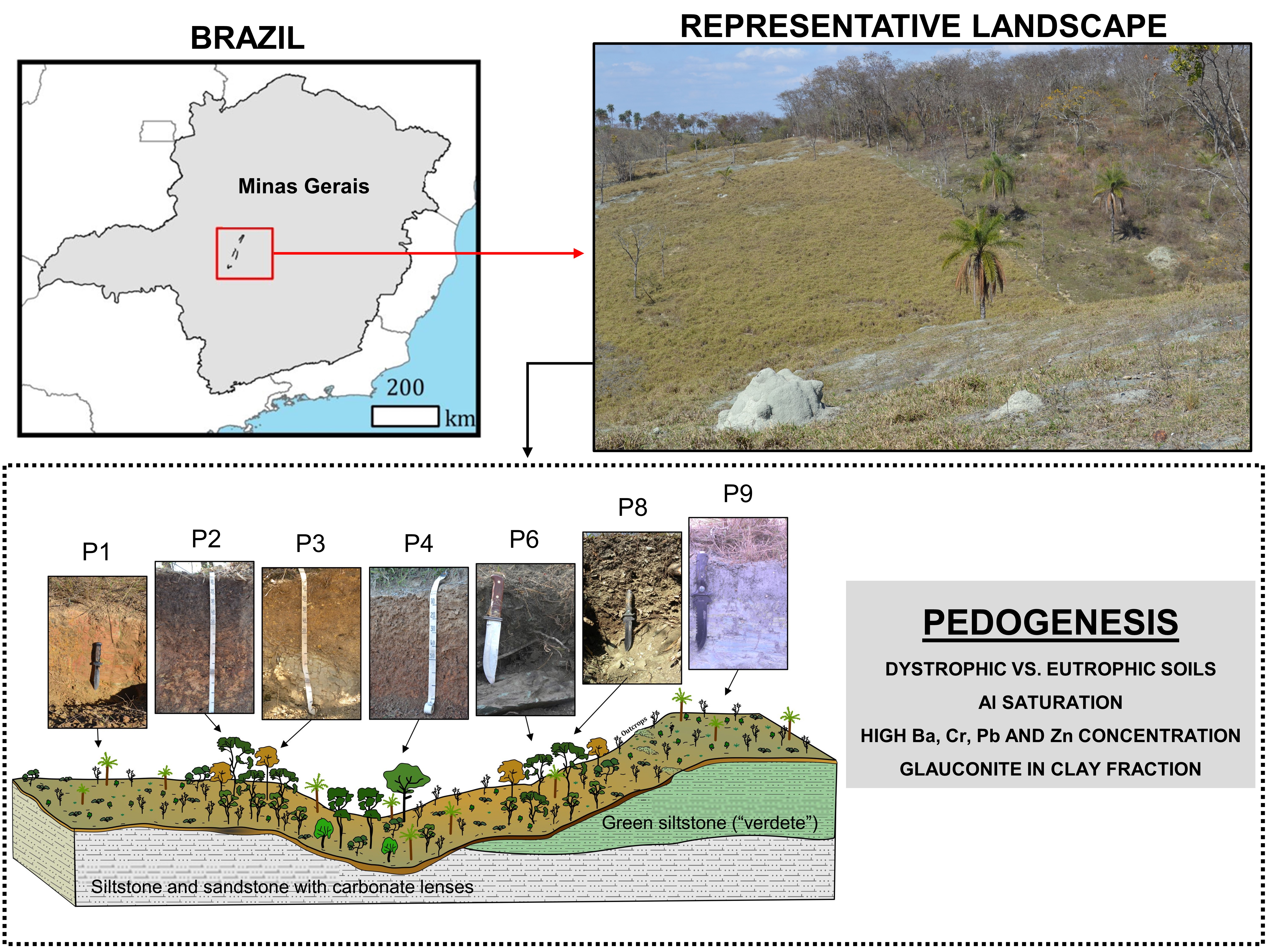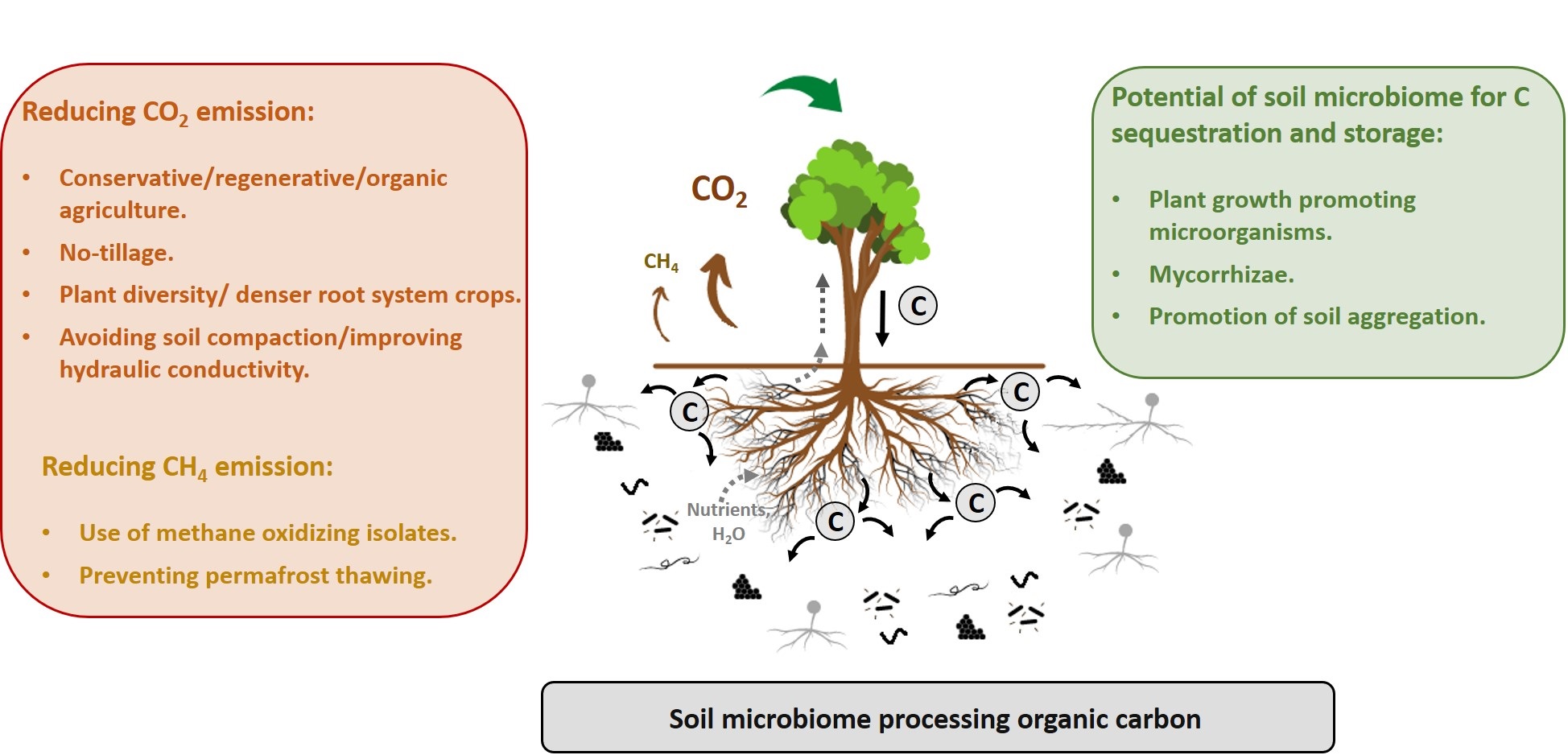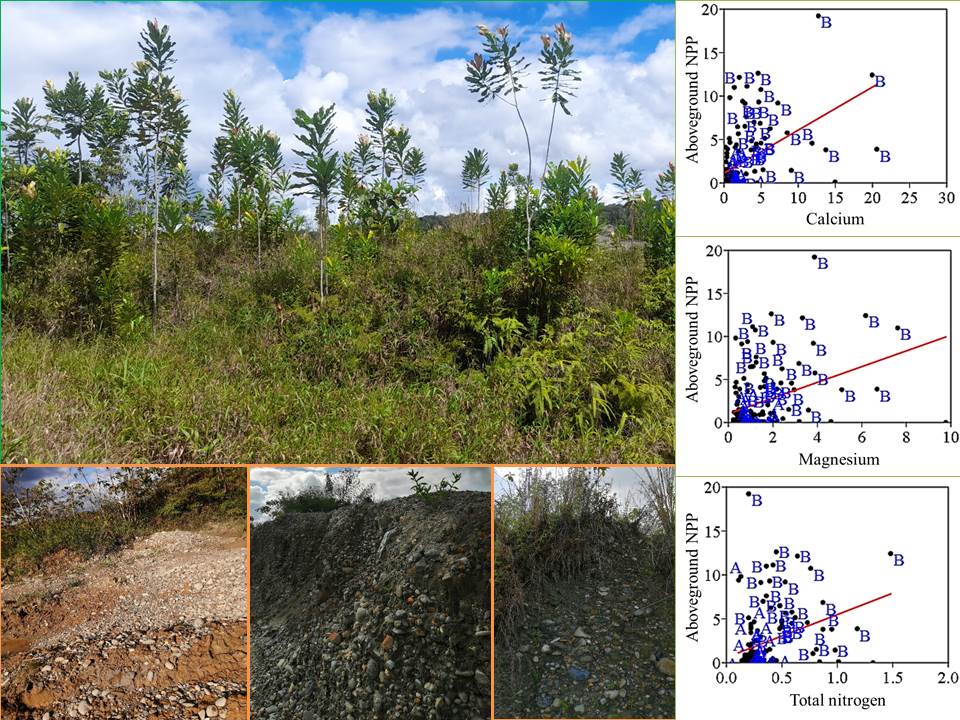Nutritional reference values using the DRIS method and sample size for peach palm production
08/Apr/2024
ABSTRACT One of the challenges in the peach palm production system is the interpretation of leaf analyses and the adaptation of fertilization recommendations. Tools that enhance fertilizer use efficiency are therefore needed. This study aimed to establish norms for evaluating the nutrient status of peach palms using the Diagnosis and Recommendation Integrated System (DRIS) and to determine the adequate number of palm heart samples necessary for a more accurate assessment of productivity. Production, leaf nutrient content, and soil fertility data […]
Nitrogen: from discovery, plant assimilation, sustainable usage to current enhanced efficiency fertilizers technologies – A review
08/Apr/2024
ABSTRACT From 1913 onwards, the global situation changed from a scenario of nitrogen (N) scarcity to an abundance of ammonia (NH3) produced synthetically via the Haber-Bosch process. Several N compounds have been synthesized since then, with urea becoming the main source of N, accounting for 55 % of current N consumption. However, N efficiency in agroecosystems is low and, normally, N recovery in cultivated plants is less than 50 %. This occurs because a large amount of reactive N is […]
Limiting physical properties of Technosols formed by the Fundão dam failure, Minas Gerais, Brazil
27/Mar/2024
ABSTRACT Physical properties of the Technosols formed by the tailings deposition may constitute a physical barrier that limits water movement and plant development due to the properties received from those sediments. This study aimed to evaluate the physical quality of the Technosols formed by the deposition of sediments displaced by the Fundão Dam failure, Mariana, Minas Gerais State, Brazil, based on the evaluation of physical properties and Load Bearing Capacity Models (LBCM). For that, three areas under different vegetation types […]
Soil diversity metabarcoding from cacao crop wild relatives in a tropical biodiversity hot spot in Colombia
26/Mar/2024
ABSTRACT Theobroma cacao, the source for chocolate fabrication, is a high-value crop that faces challenges such as the impact of climate change, pathogens, and cadmium accumulation. Soil associated with T. cacao has been extensively studied, looking for bio-controllers and microorganisms capable of Cd accumulation. However, there is no information about the microbial structure and interactions occurring in soil associated with cacao wild relatives, which represent a repository for biological diversity and its potential for biotechnological applications. We performed an extracellular […]
Geochemical background and geopedological interactions of selenium in soils from Piauí state, Northeastern Brazil
25/Mar/2024
ABSTRACT Although Selenium (Se) plays a role as a micronutrient for humans through vegetable consumption, it is also recognized as toxic when present in excessive quantities. Therefore, quantifying Se contents in soils can prevent diseases influenced by crop Se deficiency or excess. We aimed to measure background contents, establish quality reference values (QRV) for Se in soils from two Brazilian biomes (Cerrado and Caatinga), and assess how geopedological factors affect Se content and spatial variability. Two hundred and eight composite […]
Granulated fertilizers are more efficient in reducing potassium leaching losses than combining biosolids with inorganic sources
25/Mar/2024
ABSTRACT Widespread use of soluble mineral fertilizers derived from non-renewable sources has raised concerns about environmental impacts, energy expenditures, and sustainability. Combining biosolid and mineral sources of phosphorus and potassium to produce organomineral fertilizers (OMF) can be used as an alternative nutrient source while reducing the environmental impact of sewage residues. As this approach simultaneously provides nutrients and incorporates organic matter, we hypothesized the presence of an organic source (biosolid) granulated with mineral sources of potassium (K) and phosphorus (P) […]
Pedogenesis of pelitic rocks of the Serra da Saudade Formation – Bambuí Group
25/Mar/2024
ABSTRACT Serra da Saudade Formation corresponds to the upper part of the stratigraphic column of the Bambuí Group. Few studies have addressed the soil properties and pedogenesis of the pelitic rocks rich in potassium minerals of this formation. This study analyzed siltstone-derived soils, some of which are glauconitic (green siltstone; “verdete”), to understand the role of the main pedogenetic factors and processes in the landscape of the Central-West region of the Minas Gerais State, covered by Cerrado vegetation. Nine soil […]
Microbial contribution to the carbon flux in the soil: A literature review
25/Mar/2024
ABSTRACT Carbon flows into and out of the soil are important processes that contribute to controlling the global climate. The relationship between soil organisms and the climate is interdependent since the organisms that contribute to carbon and greenhouse gas fluxes are simultaneously affected by climate change and soil management. Temperature, soil moisture, pH, nutrient level, redox potential and organic matter quality are key elements affecting the microorganisms involved in organic carbon flows in the soil. Climate, topography (slope and position […]
Soil physical, chemical and biological properties in Conilon coffee intercropping systems
25/Mar/2024
ABSTRACT Shaded coffee systems may offer a series of benefits, however, studies on shaded cultivation of Conilon coffee crops are still scarce in the literature. This study aimed to evaluate the soil physical, chemical, and biological properties of two Conilon coffee intercropping systems from southeastern Brazil. Two commercial coffee crops – one shaded by macadamia trees and the other by green dwarf coconut trees – were evaluated according to three treatments: coffee plants in the inter-row of the tree species; […]
Influence of soil nutrients on net primary productivity in post-mining forests in the Colombian Pacific
25/Mar/2024
ABSTRACT Tropical forests have the highest rates of net primary productivity (NPP) in terrestrial ecosystems and, therefore, may contribute significantly to the mitigation of global climate change. Although NPP is influenced by soil fertility, and recently, in some regions, mining activity in forest ecosystems has intensified. Little is known about how soils determine the restoration of NPP in forests degraded by mining. We evaluated the influence of soil nutrients on wood NPP of post-mining forests in the biogeographic Chocó region […]

